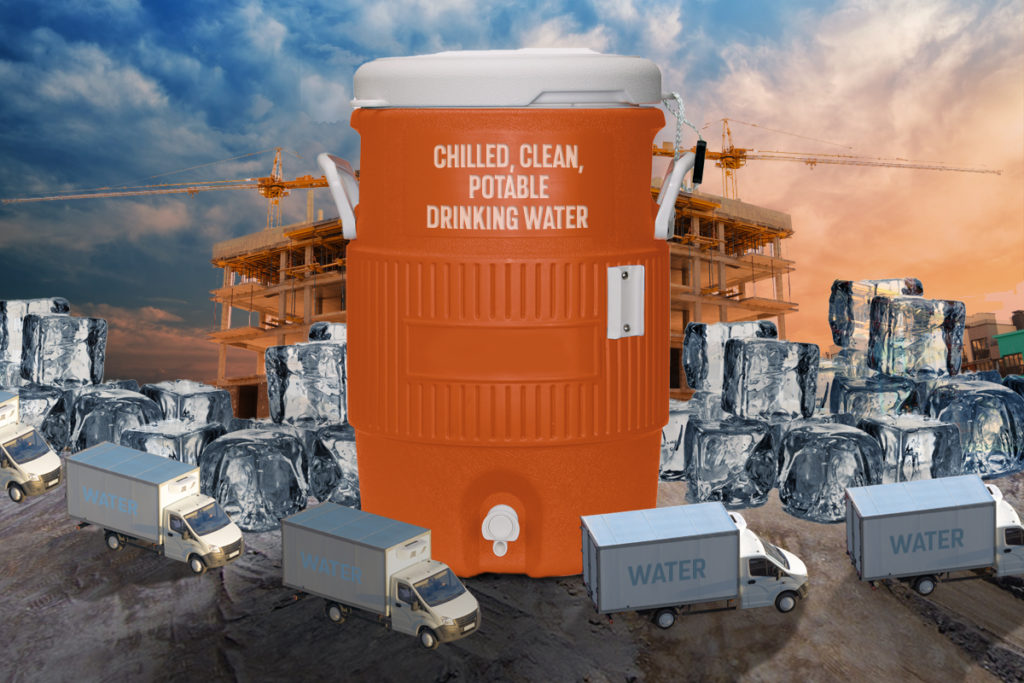
How hard is it to have clean drinking water at your worksite?
One of the biggest concerns for any business is the safety and well-being of your workforce. Although you want to do what’s right for your employees, there are specific requirements set by OSHA (Occupational Safety and Health Administration) * to ensure that you do what’s needed to ensure your employees have clean, safe water.
OSHA Sets Potable Water Standards
OSHA standards outline what is required by employers pertaining to providing drinking water in work areas. Sanitation Standard 29 CFR1910.141, states that employers provide potable water at worksites, which is water that meets the drinking water standards of the state or local authority having jurisdiction, or water that meets the quality standards prescribed by the U.S. EPA’s drinking water regulations.
In addition, they state that water should have a palatable (pleasant and odor-free) taste and water temperature should be 50°F to 60°F if possible.
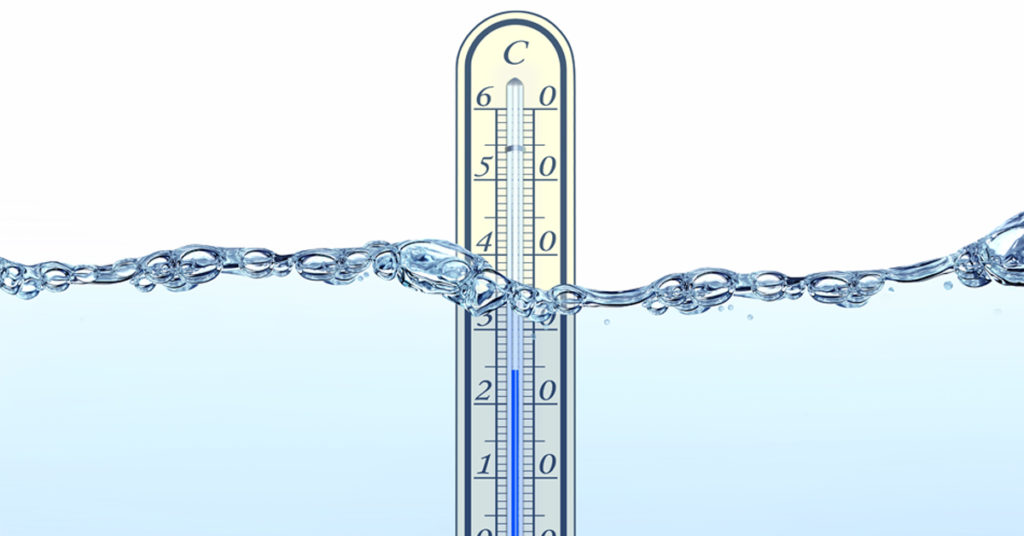
Challenges for Employers Providing Potable Water
Providing clean water that meets stated standards can be a daunting task for employers, especially for those working at remote locations or large construction sites that lack standard infrastructure.
The difficult task of providing water for these locations has primarily been handled in one of two ways:
1. The Water Cooler
The standard orange or yellow insulated water cooler, with its little white dispensing spout, that we remember from our school field trips has been used everywhere from Little League games to professional sporting events, and worksites across the globe.
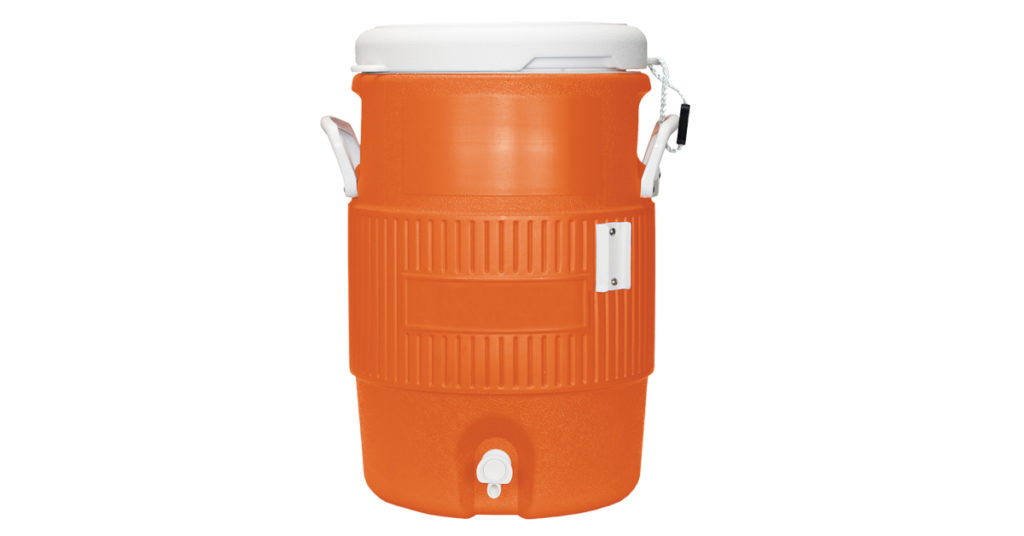
If you have ever wondered how these coolers are managed at work sites, here is a brief overview.
- A crew of workers begin their day by taking empty coolers that were retrieved from the worksite and start the arduous task of cleaning, sanitizing, and refilling them.
- Once the cleaning is complete, approximately 40 lbs. of ice is added in each cooler. This is often a manual task, shoveling ice from large ice machines, or dumping bags of pre-made ice into the cooler.
- Next, the cooler is filled with potable water. The lid can be screwed on, taped shut, and marked with the time and date.
This may sound like the end, but there is much more to this effort.
- If the coolers were processed off-site, they must be loaded into transport trucks and moved to the site to be staged for distribution.
- If they were processed on-site, they are likewise staged.
- Small quantities of coolers are then placed around each location. The quantities can range from a few dozen on smaller sites, to a few hundred on large sites.
- During the day, the locations are revisited to ensure adequate water is available, no tampering has occurred, and the water temperature meets OSHA standards.
Unfortunately, this is still not the end of the process.
- At the end of the workday, drivers must go to each location and collect all of the coolers.
- They open and dump the balance of the contents on the ground, then deliver the empty coolers back to the processing location, where the whole cycle starts over in a few hours.
2. Bottled Water
Some employers prefer to use bottled water to eliminate the cleaning and refilling cycle related to the use of water coolers.
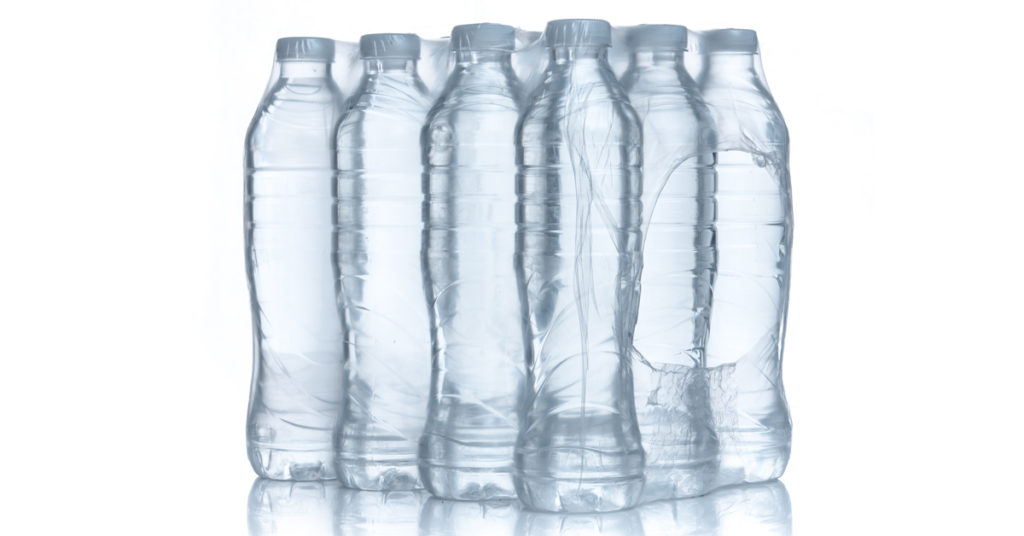
However, the process is surprisingly similar.
- Starting early in the morning, crews break down cases of single serve bottled water and place them in ice chests. Sizes can range from the usual “family size,” all the way up to pallet-sized coolers that hold hundreds of bottles.
- After ice has topped off the ice chest, they are then staged for distribution around the site.
- Frequent monitoring runs are made to ensure enough bottles are available, to add more ice as needed (a single bottle of water requires as much as a pound of ice per day to keep it at OSHA standards), and to pick up any empty bottle trash.
- At the end of the day, the coolers are picked up, melted ice dumped, bottles checked for damage and returned to the staging area, then the entire cycle starts over the next morning.
This effort is organized by the employer and is often supported by third party vendors who specialize in managing this arduous task.
As you can see, companies should be applauded for the hard work and expense that goes into the availability of cool, safe water for their workers at work sites!
Unfortunately, this process creates significant waste and worksite mess in the form of tons of expensive (now melted) ice dumped on the ground.
In the case of bottled water use, significant trash is created along with the melted ice problem, creating a dual waste issue.
Additionally, both the Cooler Method and the Bottled Water Method require daily deliveries to the site which adds hidden costs in the form of additional traffic flows, security risks and oversite; and results in daily delivery tickets to be received, processed and paid.
The cooler or bottled water solution certainly solves the challenge of providing proper drinking water for workers, and in some cases it’s the only answer.
However, there is another way to provide cool, safe, good tasting water to workers that has recently been introduced.
A Practical and Realistic Solution
WaterFleet has developed a proven process of providing safe, clean drinking water at worksites that alleviates employers’ stress of meeting OSHA potable water regulations, while removing the need for ice, and in many cases, the transport of potable water.
Their Refresh’R is a revolutionary and innovative self-serve dispensing kiosk that eliminates the need for bottled water or water coolers on-site.
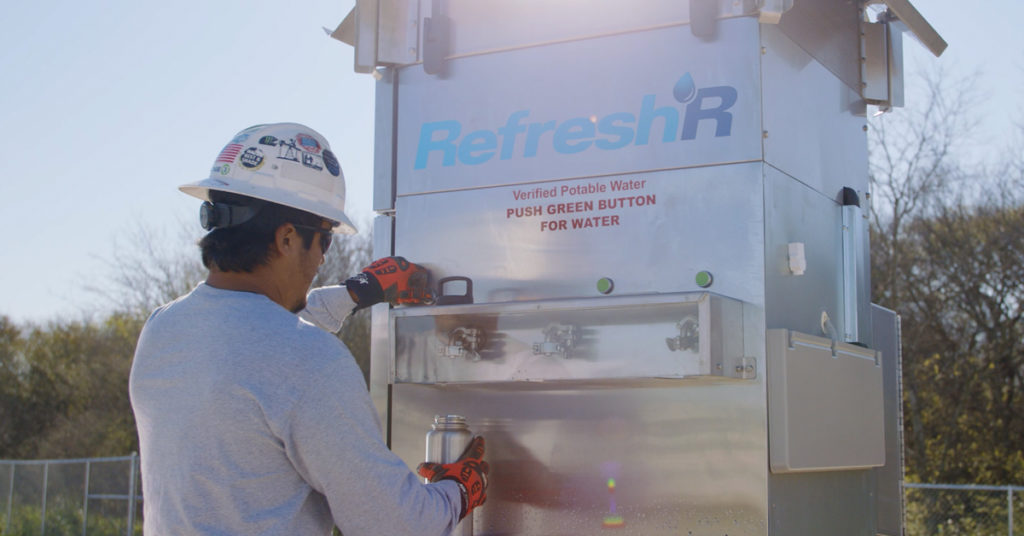
The Refresh’R offers potable drinking water, maintained at OSHA required temperatures, anywhere on the jobsite, using local 110 volt power to manage the cooling of the water.
The unit is sealed to ensure safety, and maintained by trained technicians who can refill the system daily without the need to dump out the contents, eliminating water waste.
The WaterFleet team (creators of the service) supplies water to the Refresh’R kiosks from their patented and highly acclaimed Water Rig.
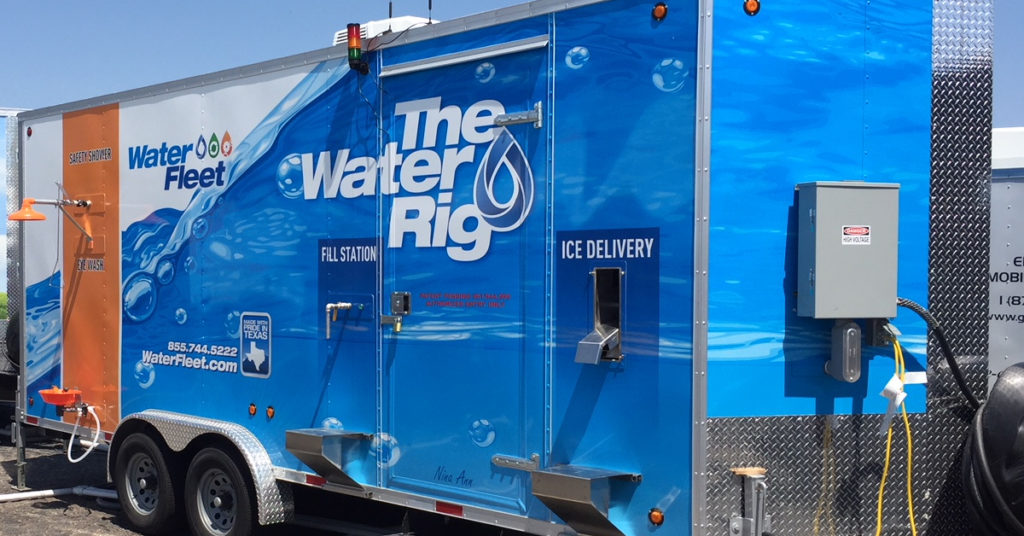
The Water Rig produces clean, fresh drinking water on site and can either distribute the water directly to the Refresh’R or via WaterFleet’s potable water transport system that technicians use to fill the kiosks around the site.
A critically important aspect of the Refresh’R system is the way it is able to maintain the integrity of the verified potable water throughout the process. From the initial treatment and purification of the site’s water source in the Water Rig unit to the transfer of the product water to each secured Refresh’R, the comprehensive and rigorous compliance system maintains EPA-approved drinking water standards at all times.
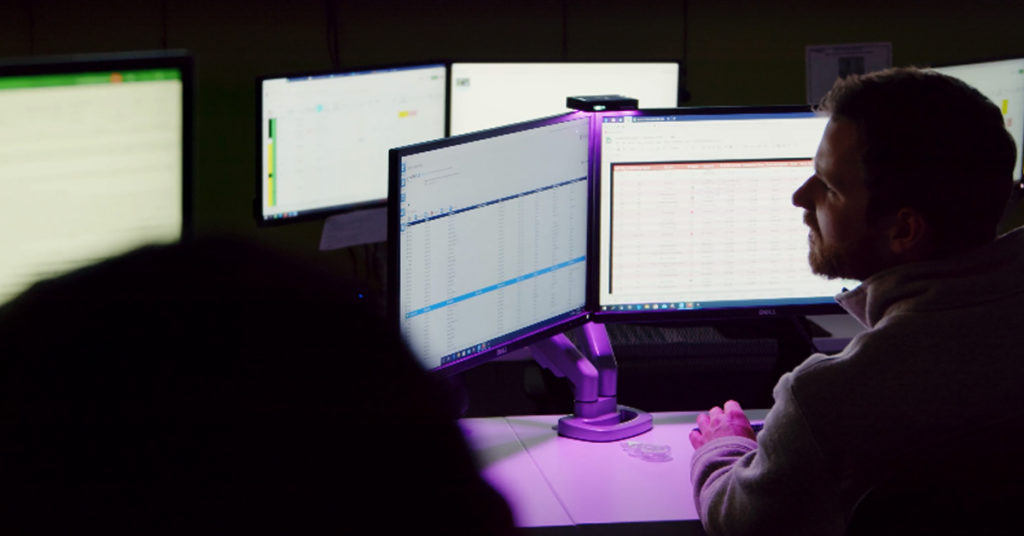
This includes a full-time compliance and testing department that handles all water sampling, testing, and reporting.
WaterFleet offers this solution as a service; eliminating the hassle of daily product delivery tickets to be received, processed, and paid.
This, along with eliminating company labor needed to handle the water issue, allows the company to focus on its work.
Chilled, clean, potable drinking water provided by a safe and flexible distribution plan that greatly reduces plastic bottle waste, keeps workers appropriately hydrated, and limits logistics and payable processing…that is the WaterFleet Way.
To learn more about how The Water Rig and The Refresh’R can help provide your workforce with the highest quality clean drinking water, contact WaterFleet.
*OSHA was created in 1970 by Congress to ensure safe and healthful working conditions for working men and women. It sets and enforces standards by providing training, outreach, education, compliance assistance, and enforcement via fines and litigation, as needed.
